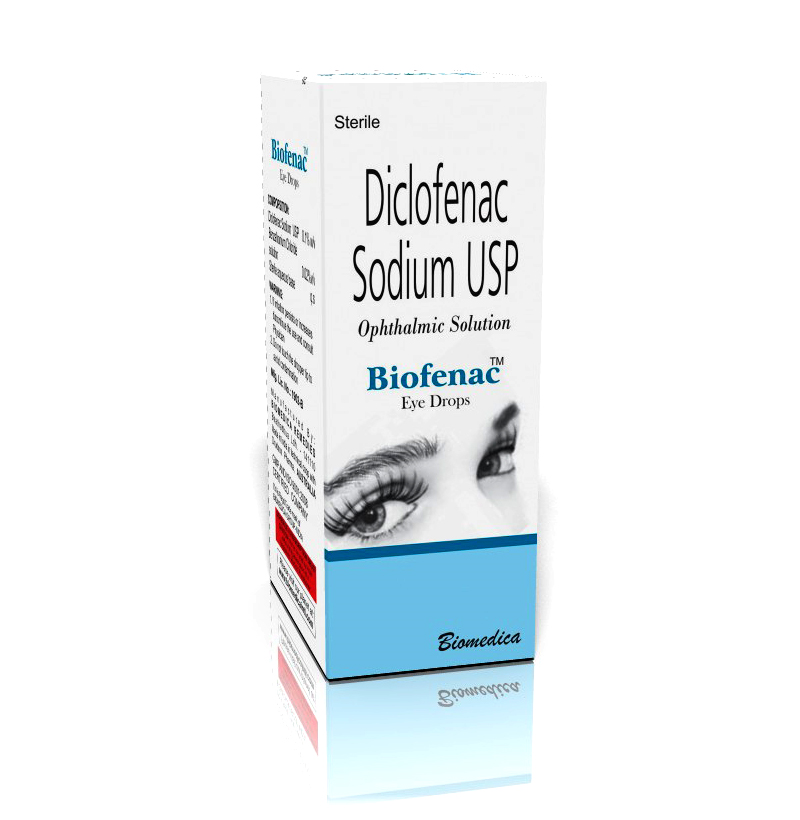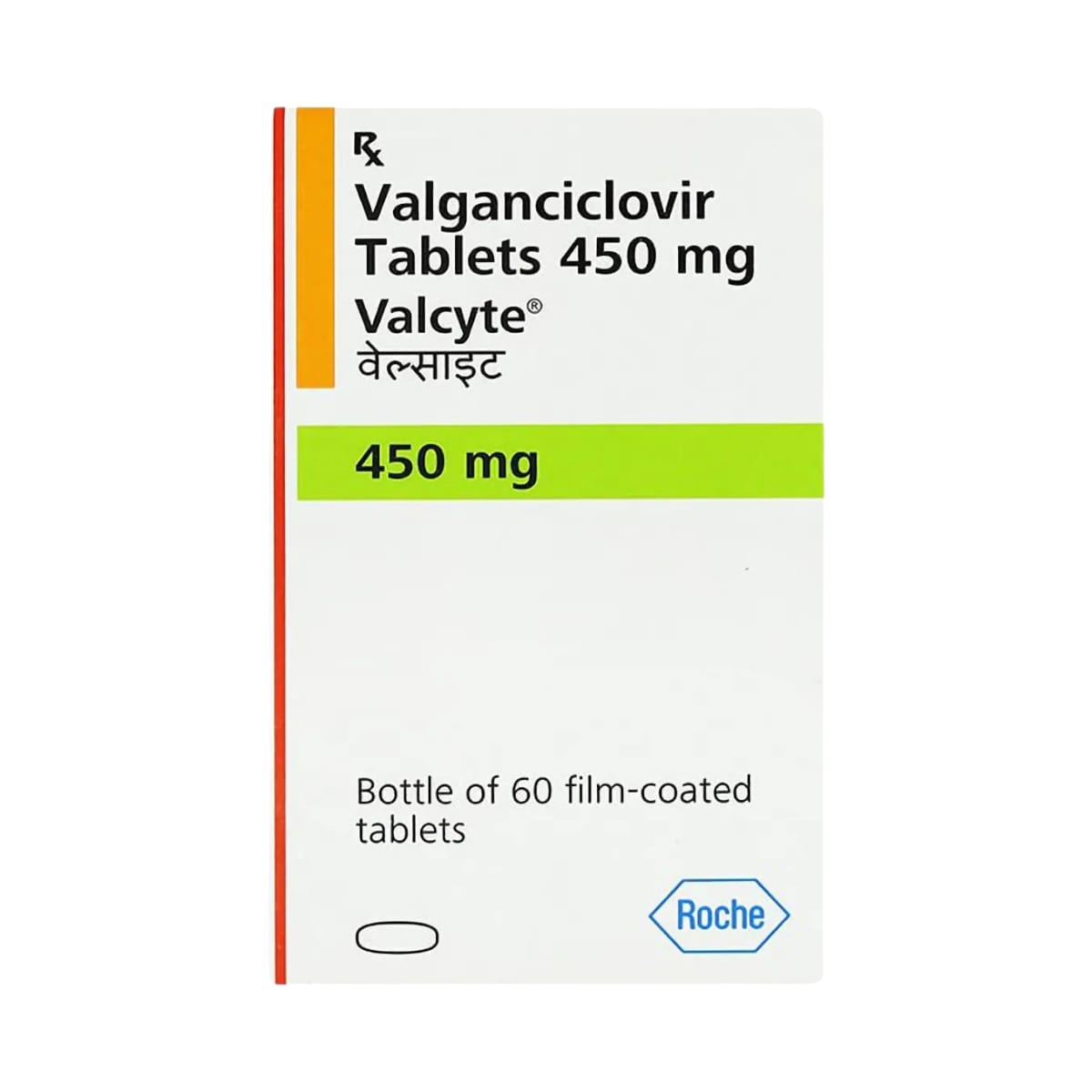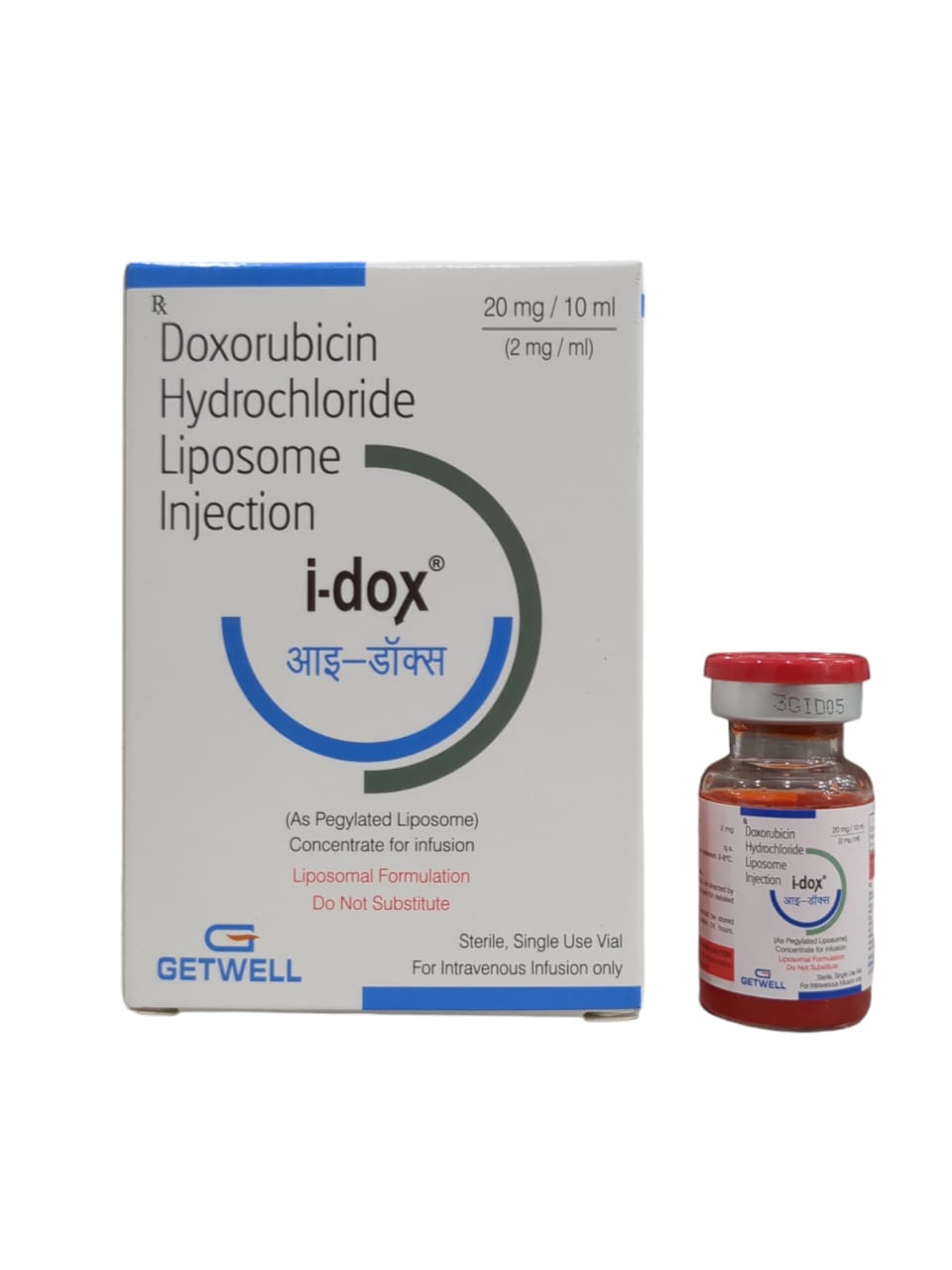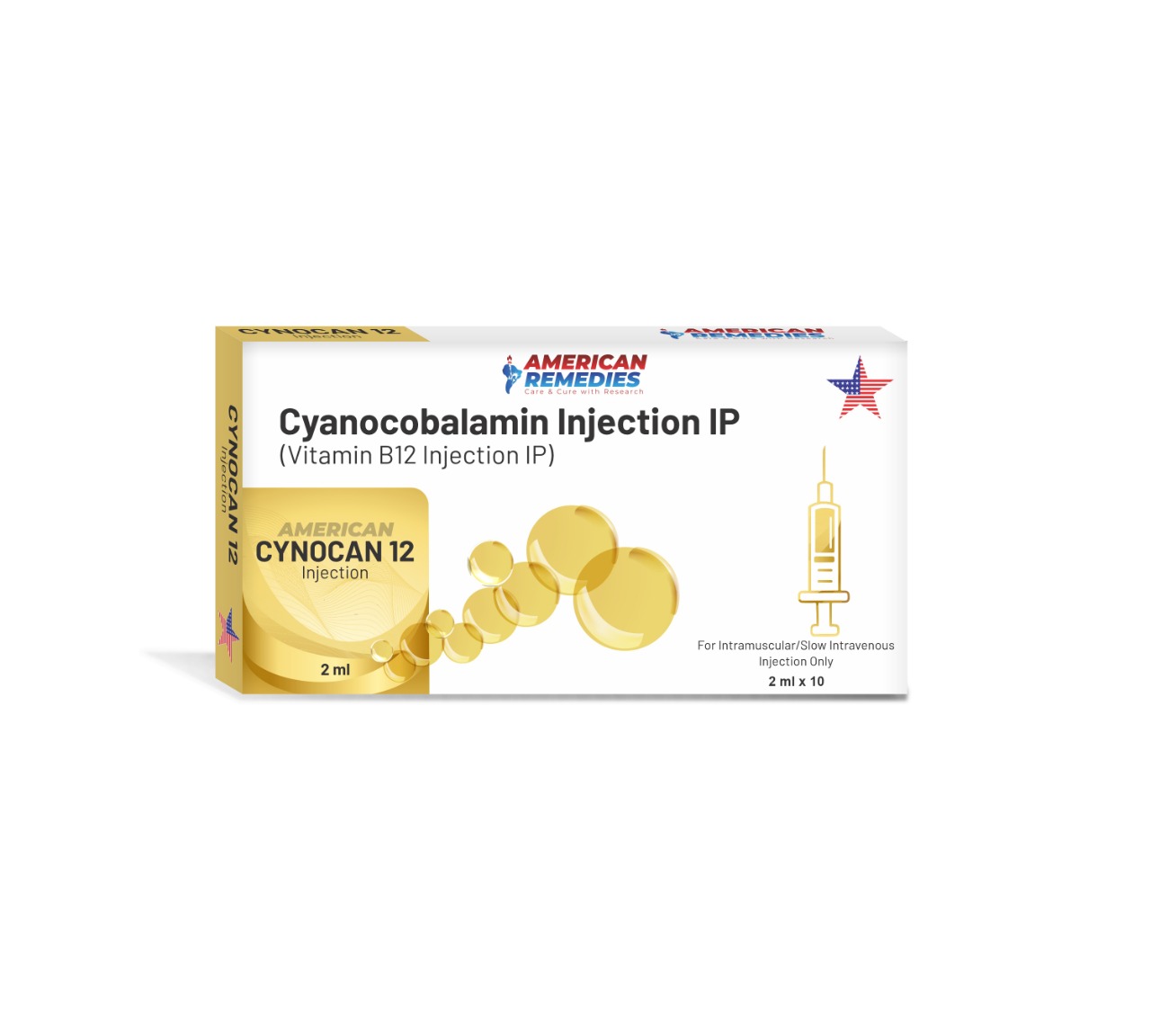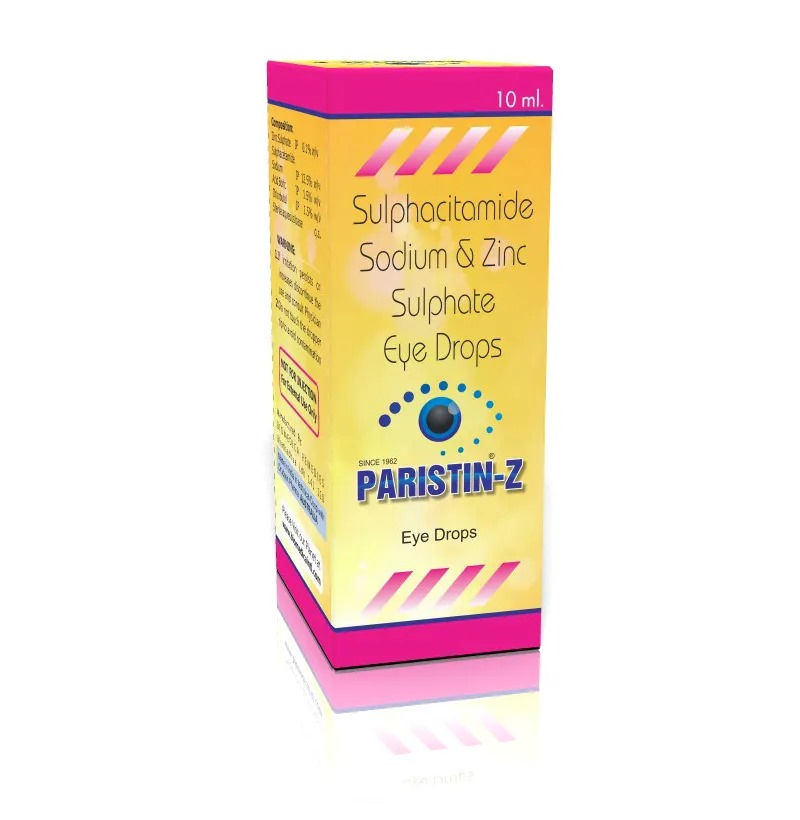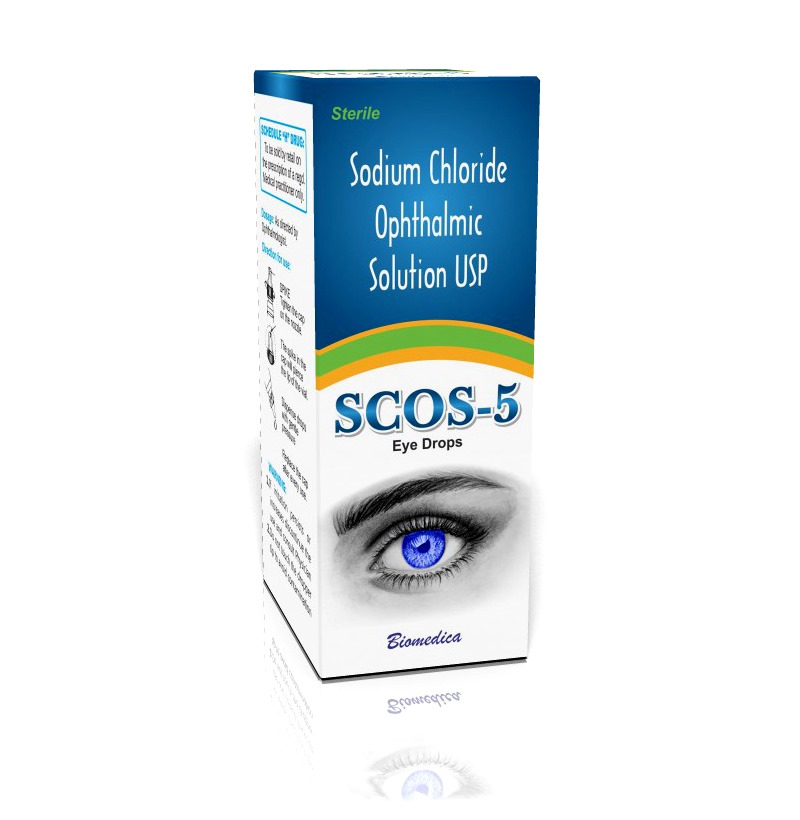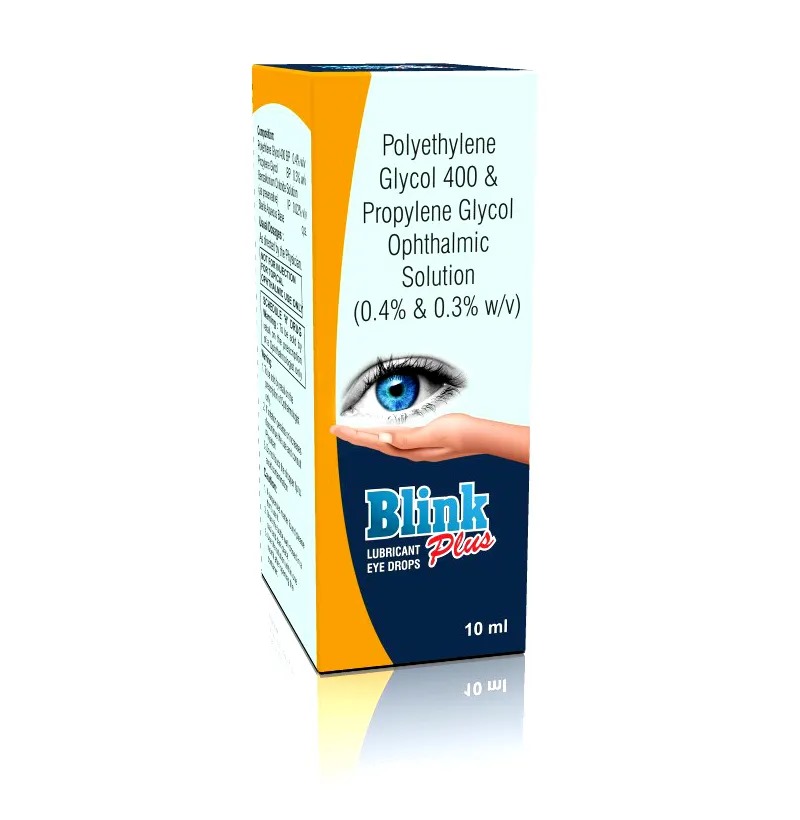BIOFENAC Diclofenac Sodium USP is an anti-inflammatory eye drop used primarily to treat eye conditions that involve pain, swelling, and inflammation. It contains Diclofenac Sodium, which is a nonsteroidal anti-inflammatory drug (NSAID). 🔹 Primary Uses Post-Operative Inflammation BIOFENAC is commonly used after eye surgeries, such as cataract surgery, to help reduce inflammation and pain. Ocular Pain Relief It helps alleviate pain and discomfort caused by conditions like post-traumatic inflammation or other inflammatory eye conditions. Keratitis Treatment for inflammation of the cornea (keratitis), which can occur due to injury, infection, or other conditions. Conjunctivitis (inflammation of the conjunctiva) Can be used to manage eye inflammation caused by allergic reactions or other irritants. 🔹 How It Works Diclofenac Sodium is an NSAID that works by inhibiting the production of certain chemicals in the body known as prostaglandins, which are responsible for causing inflammation, pain, and swelling. By blocking these chemicals, BIOFENAC helps reduce inflammation and provides pain relief. ⚠️ Common Side Effects Stinging or burning upon application Eye irritation or redness Temporary blurred vision Dry eyes or feeling of a foreign body in the eye Sensitivity to light (photophobia) 🔹 Usage Tips Frequency: Typically used 2-4 times a day, depending on your doctor's recommendations, especially after surgery or for controlling inflammation. Application: Wash your hands before using the drops. Tilt your head back and pull down your lower eyelid to form a small pocket. Instill 1 drop into the pocket without touching the dropper to your eye. Gently close your eye and blink a few times to spread the medication evenly. If you need to use multiple eye medications, wait about 5–10 minutes between applications. Contact Lenses: Remove contact lenses before applying the drops and wait at least 15 minutes before reinserting them. 🔹 Precautions Eye Infections: Diclofenac may mask the symptoms of an eye infection. If you have an eye infection, consult your doctor before using this medication. Pregnancy and Breastfeeding: Consult your doctor if you are pregnant or breastfeeding, as NSAIDs may not be recommended in some cases. Allergies: If you have a history of allergic reactions to NSAIDs, aspirin, or other related medications, let your doctor know before using BIOFENAC. Long-Term Use: Prolonged use of NSAIDs can increase the risk of corneal damage or other complications, so it should be used with caution for extended periods.
Send Message